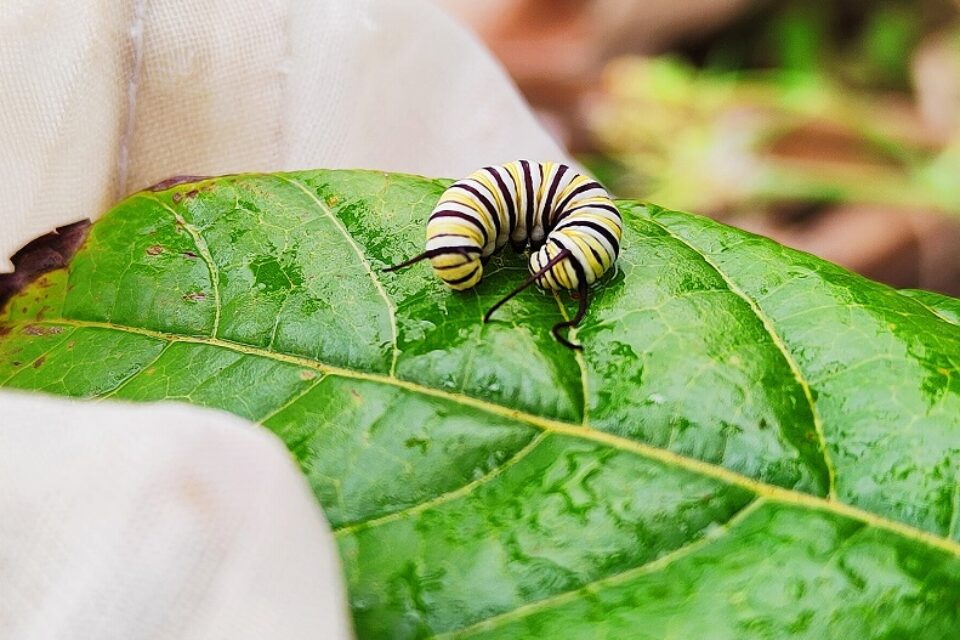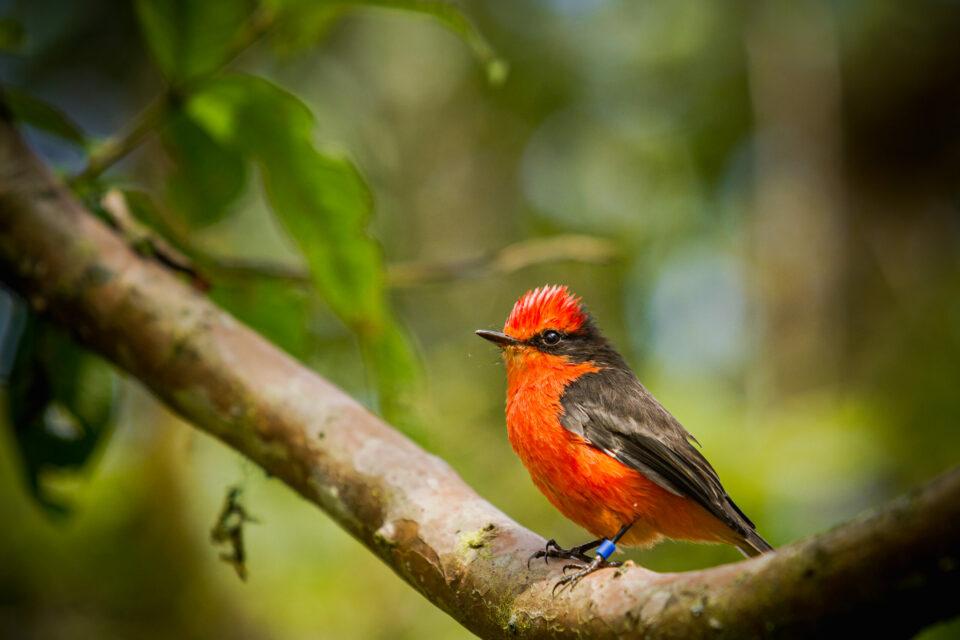

Invasive pigs in Galapagos
Humans have brought many alien species to the Galapagos Islands but, unlike rodents, insects and weeds, some of these have in fact been intentional introductions.
In the 1800’s mariners and early settlers to the Archipelago brought with them domesticated animals, such as pigs, goats and food plants. The pig population then increased rapidly. When Darwin stayed on the island of Santiago in 1835 he saw no pigs, but just 40 years later huge numbers were being reported. These feral pigs have since become a major conservation threat and, along with other introduced mammals, they are thought to have played a big role in many of the extinctions and ecosystem degradation on the Galapagos Islands.
Pigs are omnivores and thus are threats to both animals and plants. They eat the eggs of giant tortoises and birds, and compete for and demolish the same food plants that native animals rely on. They can also alter the entire ecosystem of an island by rooting, wallowing, and trampling. These activities compact soils, affecting water retention and nutrient cycling, and make it easier for invasive plant species to colonise as they typically favour disturbed areas.
The good news is that due to the Islands’ remoteness and comparatively recent settlement by humans, there is still time to act for most of the native species of Galapagos. Pig control through hunting began intermittently on Santiago island in 1968, although this was more of a population control measure to limit numbers than an attempt at true eradication. The hunting effort was concentrated around breeding areas for giant tortoises and seabirds to protect their eggs. After a decade of continued ecosystem degradation however, the approach was revised and intensified, and a new goal of eradication was set.
From the 1970’s, the hunting effort on Santiago slowly increased. Hunter access to pigs proved critical, so extra trails were cut and, ingeniously, invasive goats were intentionally left to roam free for the time being. While goats were a huge problem in their own right, their constant grazing kept down plants allowing easy access to all parts of the island. To ensure the eradication was complete and there was no chance of a single undiscovered breeding pair repopulating the island, Santiago was heavily monitored with goat carcasses, which were checked for disturbance by pigs and helped conservationists eliminate the final stragglers. Santiago was declared pig-free at the end of 2000, making it the largest feral pig eradication of its time thanks to the Galapagos Nation Park and the Charles Darwin Research Station.
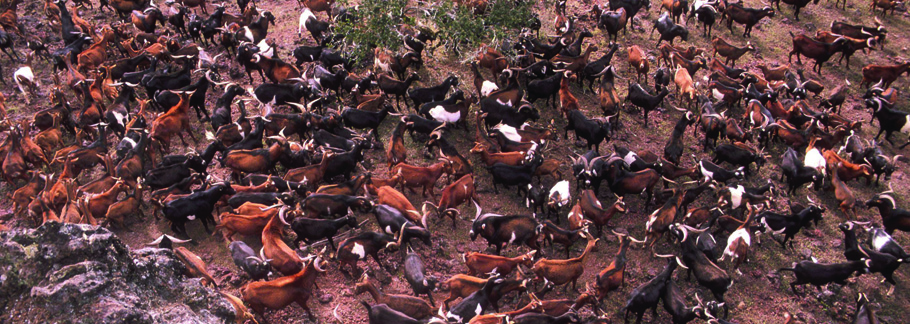
Goats on Isabela ©GNP
This early success in the eradication of invasive mammals from the Archipelago would form part of the inspiration for more ambitious projects such as Project Pinzon and Project Floreana. Since 2000, eradication efforts have been directed more towards rats and goats, but pigs are back on the agenda for Project Floreana. It is no surprise that feral pigs live on the island that is the historic centre of human settlement in the Archipelago and so careful control plans will need to be introduced. Project Floreana aims to create a sustainable future for both the native wildlife and the local community. This is the largest project of its kind ever to be undertaken, and GCT is hoping to improve the island’s biodiversity and ultimately bring the Floreana mockingbird, amongst others back to its original home on Floreana island. This project is a new approach to community engagement and ecotourism and we hope it will have a long lasting positive impact on the island. The iconic Opuntia cactus has also been strongly effected by the invasive species and this project hopes to reverse the damage of invasive species by allowing Opuntia to regenerate across Floreana.
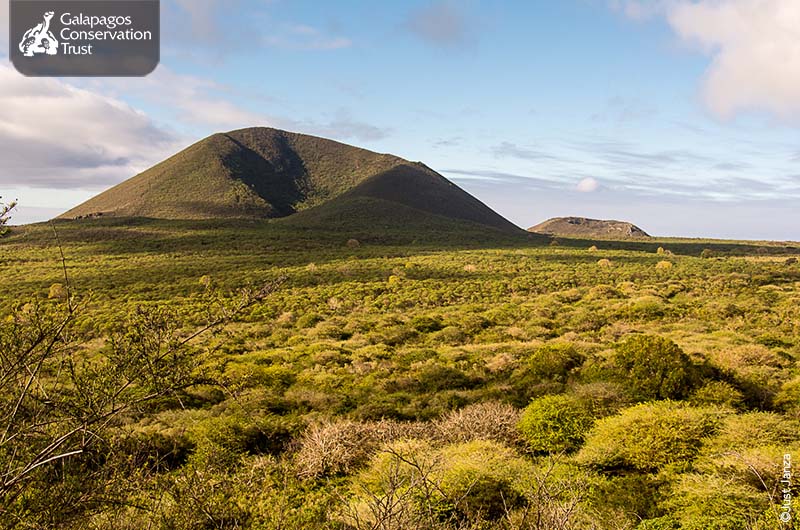
©Just Janza
If you would like to help us restore Floreana island, please click here to donate to GCT.
Related articles


How do we solve the problem of invasive species in Galapagos?
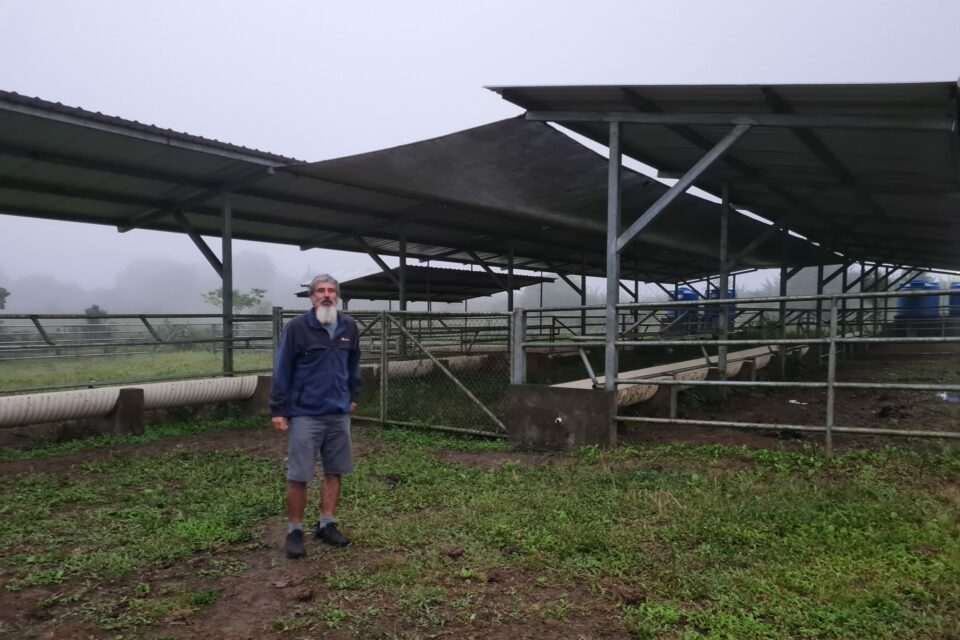
Restoring Floreana: A local perspective
